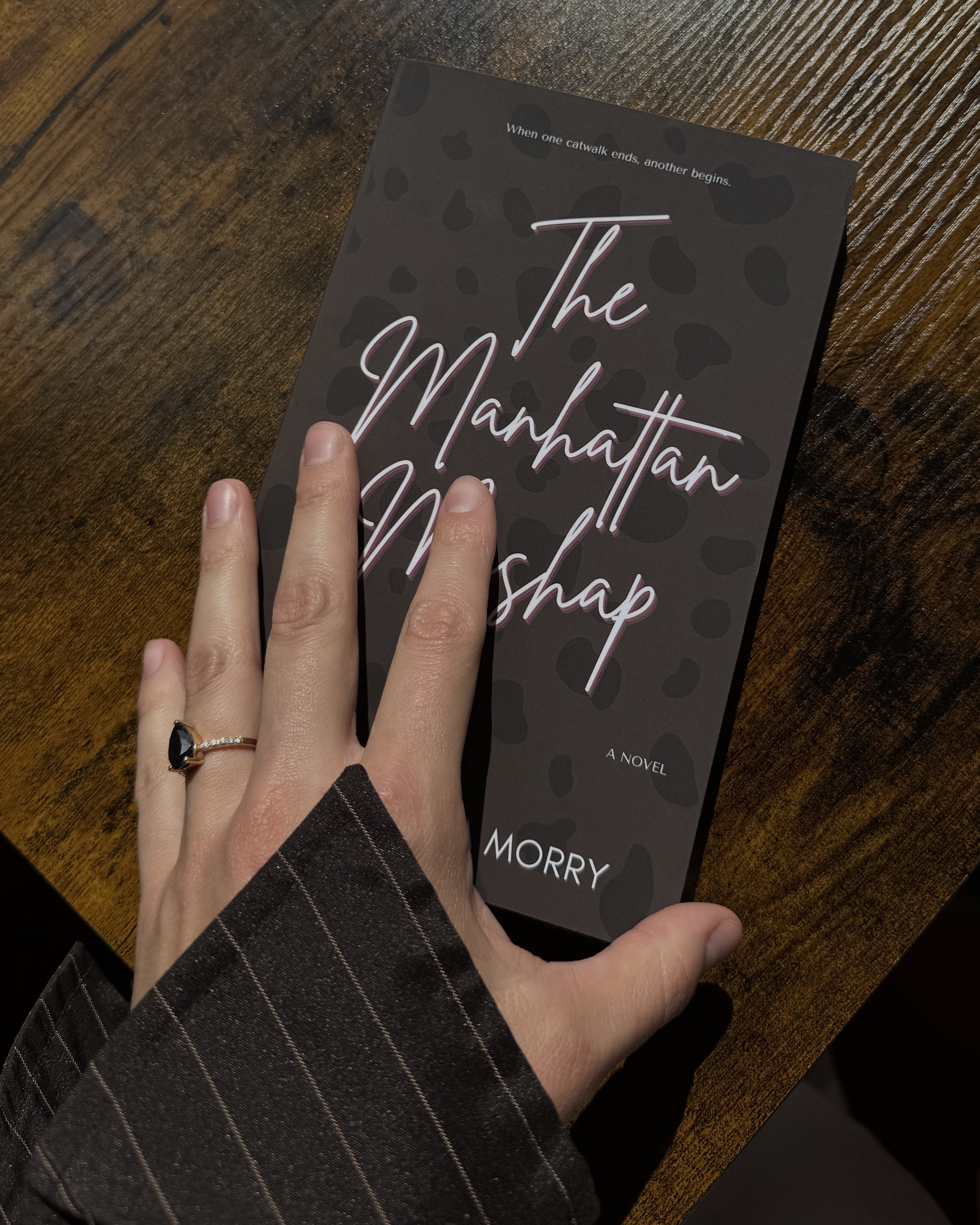How to Develop Memorable Characters in Your Writing
I was once told by a book agent that I have a talent for writing memorable characters that really jump off of the page. However, she also told me that my main character was far too sassy. Her advice? I should consider toning her personality way down. In other words, her personality needed to be lower than a pair of low-rise jeans. Needless to say I didn’t take her advice. And that’s how I’ve come to write this post on how to develop memorable characters in your writing.
Although I appreciated the feedback, I decided that my character was fabulous the way she was. After all, some people really are very sassy and over-the-top. Isn’t that just life? Carrie Bradshaw isn’t memorable because she made all the right decisions. Blair Waldorf isn’t remembered for her kindness and moral compass.
If you want your character to be remembered, I’d argue that being on the zany side is a good thing. Look at Becky Bloomwood of the Shopaholic series. Would you do everything she does? Probably not. Or at least I hope not; nobody needs or wants that kind of credit card debt. But that’s what makes her fun to read. She’s witty and irresponsible and makes spontaneous decisions that usually end up backfiring. And that’s why we love her. (And to be clear: I’m talking about the Becky Bloomwood from the books, not the movie.)
Another one of my favourite books, Bergdorf Blondes, features a whole crop of chic yet semi-clueless women who rule Manhattan. They’re over-the-top and borderline crazy but that’s why I love them. They’re hilarious. Sassy doesn’t even begin to cover it. If I could have cocktails with them, I’d jump at the chance. And probably spend way too long planning my outfit.
How to Develop Memorable Characters in Your Writing
To develop memorable characters in your writing, start by giving them depth through backstory, desires, and flaws. Each character should have a unique voice and perspective, allowing readers to connect with them on an emotional level. Utilize sensory details to bring them to life, describing not only their appearance but also their mannerisms and quirks. Consider their relationships with other characters, as these interactions can reveal different facets of their personality. It’s essential to give characters relatable traits and motivations, ensuring they grow throughout the narrative. Finally, engage their journey with challenges that test their beliefs and prompt transformation, making them unforgettable to your readers.
Read More: 5 TV Shows and Movies that Inspire My Writing
Writing characters that jump off the page involves creating multidimensional personalities that resonate. I guess I know a little something about that—or at least that’s what I’ve been told. By giving them unique voices and backgrounds, I can craft dialogues and actions that feel authentic. Incorporating contradictions within characters can add depth, allowing readers to see them evolve over time. (Who doesn’t love a little personal growth?) Making characters face real dilemmas and experience new scenarios helps establish emotional connections, drawing readers into their journeys and ensuring they linger long after the last page is turned.
Memorable characters often possess a unique blend of depth, relatability, and distinctiveness. They are typically shaped by their flaws, desires, and challenges, allowing audiences to see parts of themselves reflected in their journeys. For example, in my book The Manhattan Mishap, the main character Margot is drawn to a toxic friendship with one of the characters because she deeply desires a mother figure in her life, after her own mother passed away when she was younger. And unfortunately, this woman fills some of that need. Even if she gives Margot whiplash with how often and ferociously her moods change.
Read More: Navigating Low Cost Self-Publishing for My Second Book
A strong backstory adds layers, making it easier for readers to understand motivations and empathize with their struggles. It was more difficult to do this in my short story collection Thirteen Emotions because the stories were, well, so short. But I think I managed to add some good backstory in The Final Goodbye and What I Miss About You.
Lastly, the quirks—be it a signature phrase, an unusual habit, or an unexpected viewpoint—help to cement these characters in the minds of readers, making them not only relatable but also unforgettable. In one of my upcoming novels, Someone You Find Twice, the main character Isla has a habit of pinching her palms when she’s stressed, therefore leaving her palms pulverized and her anxiety in overdrive. And this happened a lot. Who can relate?
In the end, leaning how to develop memorable characters comes with time and practice. My best advice is to just write, write, write until you feel more confident with it. Who cares if it’s not perfect? That’s what editing is for.
Read More: 5 Short Stories About Being in Love from Thirteen Emotions
—ᴍᴍᴍ


